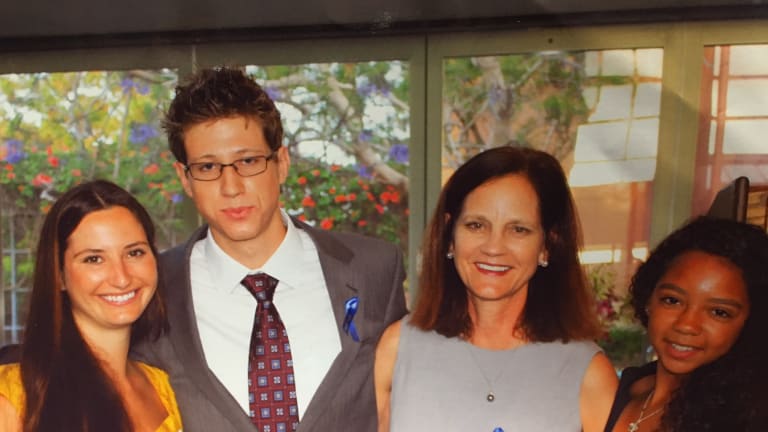Tennis.com Interview
Four decades ago, Terry Holladay was the WTA's pioneering mom
By Sep 21, 2023Tennis.com Interview
Nick Kyrgios brings the show, and new perspective, to Madison Square Garden
By Dec 08, 2025Tennis.com Interview
After longest off-season ever, Tommy Paul talks injury comeback, wedding plans at MSG
By Dec 08, 2025Tennis.com Interview
Following in family footsteps, Elli Mandlik clinches Australian Open return in wild card play-off
By Nov 25, 2025Tennis.com Interview
Ben Johnson 101: How an Instagram auteur is defining modern tennis lifestyle
By Nov 11, 2025Tennis.com Interview
Patrick Kypson, former college teammate of Rinderknech and Vacherot, is writing his own perseverance story
By Oct 28, 2025Tennis.com Interview
Michael Zheng channels Ivy League balancing act into rapidly blossoming pro tennis future
By Oct 21, 2025Tennis.com Interview
Flavio Cobolli wants to earn Davis Cup Finals nomination—and stay on as ATP's 'admin'
By Oct 16, 2025Tennis.com Interview
With IMG Academy backing, Wakana Sonobe kicks off pro career at home in Osaka
By Oct 16, 2025Tennis.com Interview
Alex Michelsen wins Almaty debut to end losing skid, reveals coaching trial with Kristof Vliegen
By Oct 15, 2025Four decades ago, Terry Holladay was the WTA's pioneering mom
After giving birth in 1982, Holladay successfully petitioned the tour to return the following year without a ranking—an early application of what is now the protected ranking rule.
Published Sep 21, 2023
Advertising

A newspaper clipping from Terry Holladay's playing days with young 'Tasha.
© Courtesy of Terry Holladay.
Advertising
Advertising

Terry Holladay and family, from left to right: Romyn, Tasha's first child; Terry's son, Louis; Terry's daughter, Maggie; Terry; Michael Tracy, Tasha's husband (holding River, Tasha and Michael’s second daughter); and Tasha.
© Courtesy of Terry Holladay.
Advertising

Terry Holladay and her three children, from left to right: Natasha, Louis, Terry, Maggie.
© Courtesy of Terry Holladay.